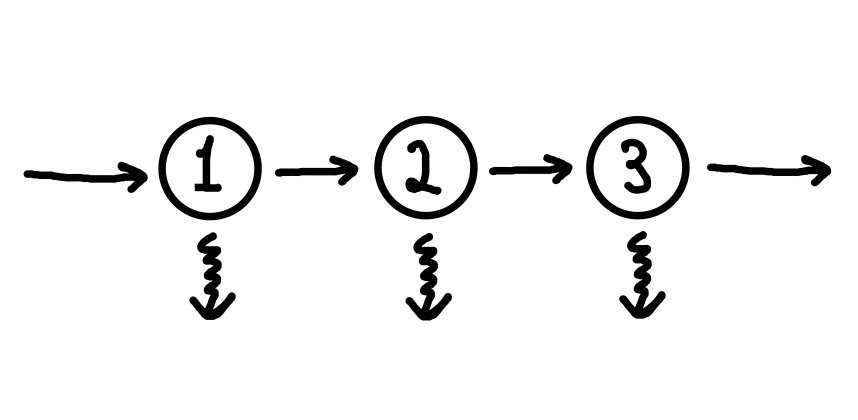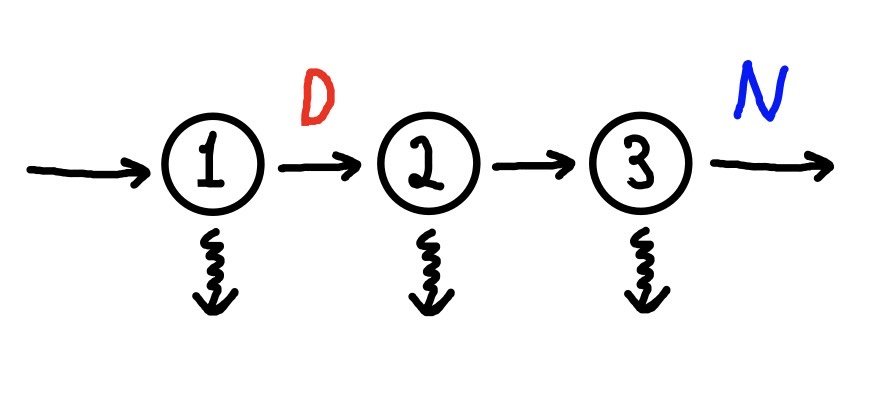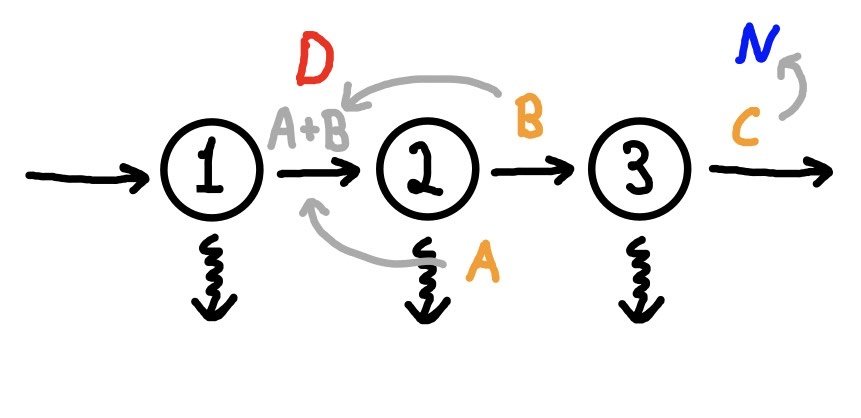Events & Promotions
|
|

GMAT Club Daily Prep
Thank you for using the timer - this advanced tool can estimate your performance and suggest more practice questions. We have subscribed you to Daily Prep Questions via email.
Customized
for You
Track
Your Progress
Practice
Pays
Not interested in getting valuable practice questions and articles delivered to your email? No problem, unsubscribe here.
- Nov 19
12:30 PM EST
-01:30 PM EST
Learn how Keshav, a Chartered Accountant, scored an impressive 705 on GMAT in just 30 days with GMATWhiz's expert guidance. In this video, he shares preparation tips and strategies that worked for him, including the mock, time management, and more - Nov 20
01:30 PM EST
-02:30 PM IST
Learn how Kamakshi achieved a GMAT 675 with an impressive 96th %ile in Data Insights. Discover the unique methods and exam strategies that helped her excel in DI along with other sections for a balanced and high score. - Nov 22
11:00 AM IST
-01:00 PM IST
Do RC/MSR passages scare you? e-GMAT is conducting a masterclass to help you learn – Learn effective reading strategies Tackle difficult RC & MSR with confidence Excel in timed test environment - Nov 23
11:00 AM IST
-01:00 PM IST
Attend this free GMAT Algebra Webinar and learn how to master the most challenging Inequalities and Absolute Value problems with ease. - Nov 24
07:00 PM PST
-08:00 PM PST
Full-length FE mock with insightful analytics, weakness diagnosis, and video explanations! - Nov 25
10:00 AM EST
-11:00 AM EST
Prefer video-based learning? The Target Test Prep OnDemand course is a one-of-a-kind video masterclass featuring 400 hours of lecture-style teaching by Scott Woodbury-Stewart, founder of Target Test Prep and one of the most accomplished GMAT instructors.
Kudos
Bookmarks
Numerator: C
Denominator: A+B
Be sure to select an answer first to save it in the Error Log before revealing the correct answer (OA)!
Difficulty:
 95%
(hard)
95%
(hard)
Question Stats:
44% (02:34) correct 56%
(02:39)
wrong
56%
(02:39)
wrong  based on 988
sessions
based on 988
sessions
History
Date
Time
Result
Not Attempted Yet
There are exactly three steps—Steps 1, 2, and 3, in that order—used to assemble light bulbs at a particular factory. Some of the bulbs fail to make it through every step in the assembly process; if a bulb fails a given step, it will not proceed to the next step. For the most recent month, the factory manager knows the number of bulbs that were started as well as each of the following:
A = the number of bulbs making it through Step 1 only;
B = the number of bulbs making it through at least Step 2;
C = the number of bulbs making it through all three steps.
The manager wishes to know the fraction of the bulbs that made it through Step 1 that also made it through all three steps. In the table, choose for Numerator and Denominator the expressions that will give the factory owner the fraction desired. Make only two selections, one in each column.
A = the number of bulbs making it through Step 1 only;
B = the number of bulbs making it through at least Step 2;
C = the number of bulbs making it through all three steps.
The manager wishes to know the fraction of the bulbs that made it through Step 1 that also made it through all three steps. In the table, choose for Numerator and Denominator the expressions that will give the factory owner the fraction desired. Make only two selections, one in each column.
ID: 700176
| Numerator | Denominator | |
| A | ||
| B | ||
| C | ||
| A+B | ||
| A-C | ||
| B+C |
ShowHide Answer
Official Answer
Numerator: C
Denominator: A+B
Kudos
Bookmarks
1. Draw out the process described in the problem.

2. Mark on the diagram what the manager wants us to find. D and N are the denominator and numerator, respectively.

3. Note the known number of bulbs for the most recent month (A,B,C).

4. Looking at the previous 2 diagrams, notice that N = C and D = A + B. So, the answer is \(\frac{C}{A+B}\).


Image_1.jpeg [ 27.18 KiB | Viewed 7973 times ]

Image_2.jpeg [ 29.86 KiB | Viewed 7948 times ]

Image_3.jpeg [ 29.17 KiB | Viewed 7957 times ]

Image_4.jpeg [ 35.46 KiB | Viewed 7927 times ]
2. Mark on the diagram what the manager wants us to find. D and N are the denominator and numerator, respectively.
3. Note the known number of bulbs for the most recent month (A,B,C).
4. Looking at the previous 2 diagrams, notice that N = C and D = A + B. So, the answer is \(\frac{C}{A+B}\).
Attachment:
Image_1.jpeg [ 27.18 KiB | Viewed 7973 times ]
Attachment:
Image_2.jpeg [ 29.86 KiB | Viewed 7948 times ]
Attachment:
Image_3.jpeg [ 29.17 KiB | Viewed 7957 times ]
Attachment:
Image_4.jpeg [ 35.46 KiB | Viewed 7927 times ]
Kudos
Bookmarks
parkhydel
A - the number of bulbs that made it through Step 1 ONLY. So they made it through Step 1 but not through Step 2. So they failed at step 2 so were discarded. Say there were 100 of these.
B - The number of bulbs that made it through at least Step 2. So they are the ones that succeeded at steps 1 and 2 both. What happened at step 3, we don't know. Say there were 500 of these.
This means that 100 + 500 = 600 bulbs came out of Step 1 but 100 were discarded at Step 2 while 500 succeeded at Step 2. This is the most important point in this question.
C - The ones that made it through all 3 steps. Some part of the 500 that succeeded at step 3 too. Say 450.
The fraction of the bulbs that made it through Step 1 that also made it through all three steps = 450/600
Hence, ANSWER will be \(\frac{C}{(A+B)}\)














